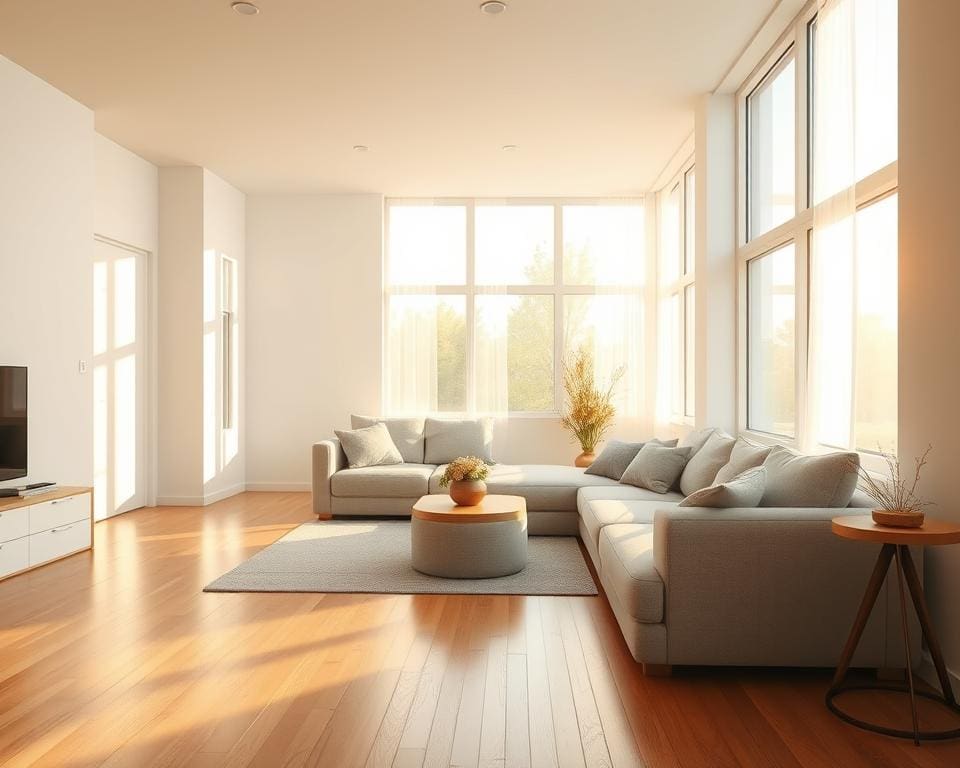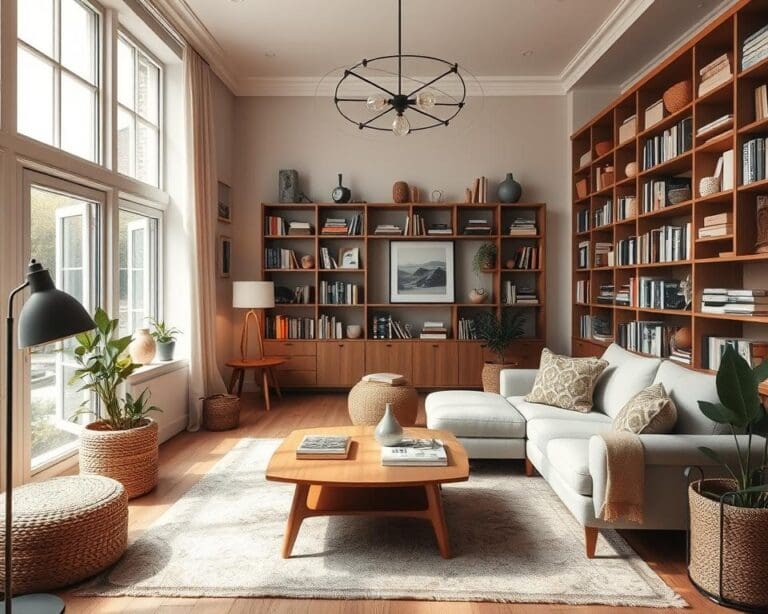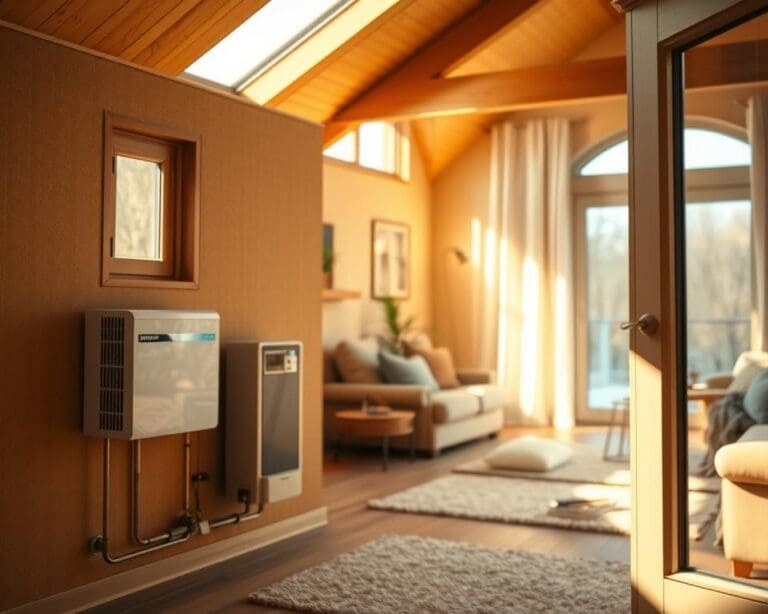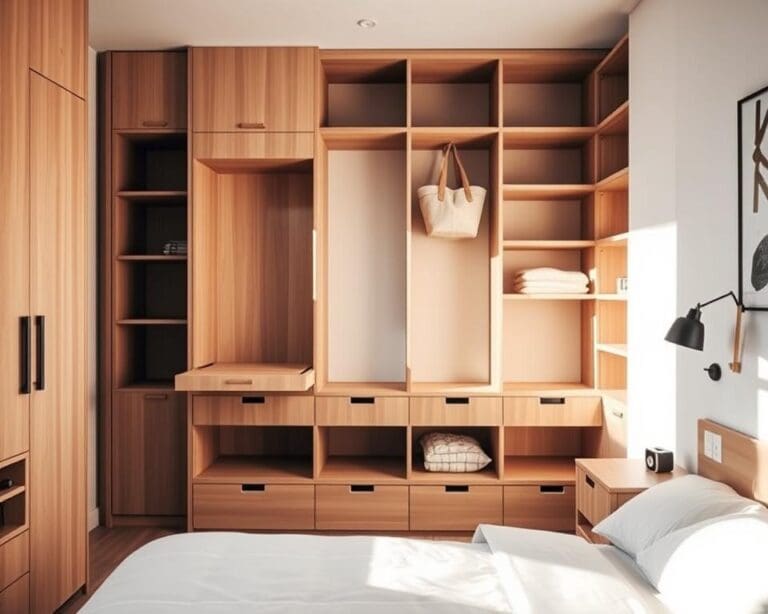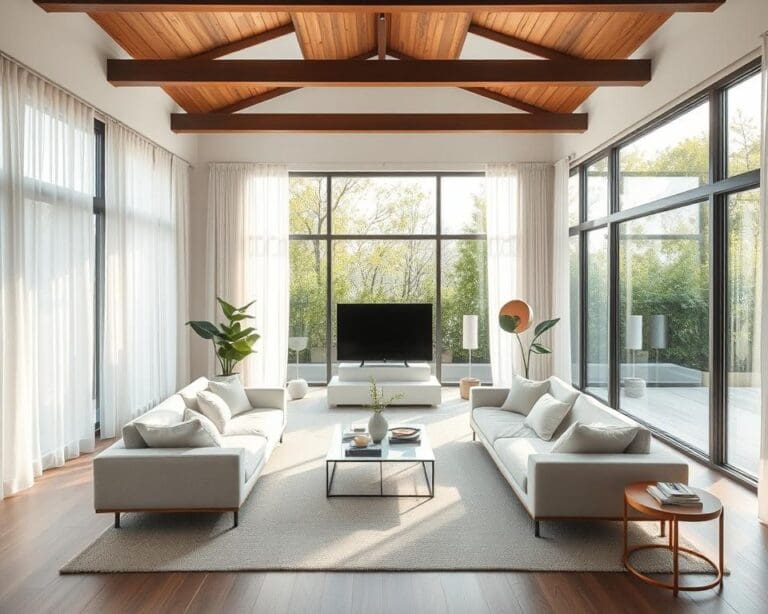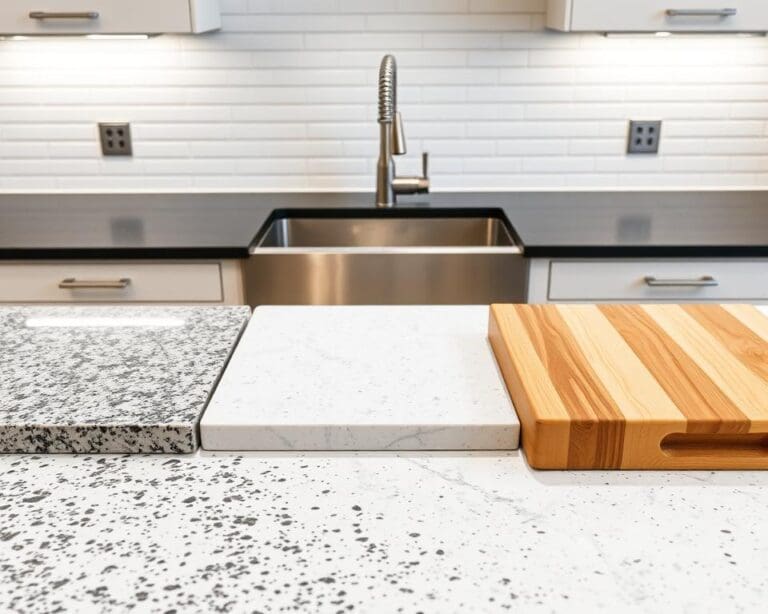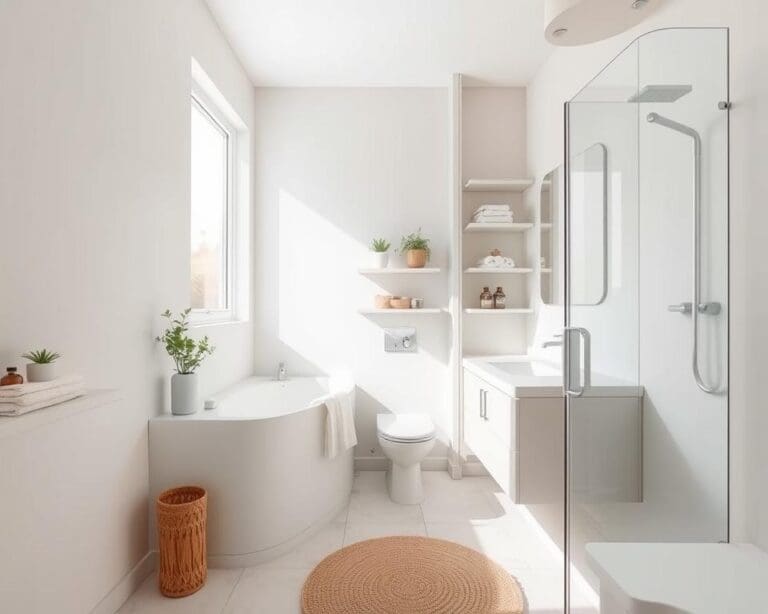Natural light is an essential component of interior design, profoundly influencing the aesthetics and emotional tone of a home environment. The benefits of natural light range from enhancing the visual appeal of spaces to promoting overall wellbeing. Research indicates that daylighting not only invigorates rooms but also uplifts moods and enhances cognitive functions, making spaces feel more alive and inviting.
By recognising the significance of natural light, both designers and homeowners can create environments that resonate with vitality and comfort, ultimately leading to a brighter and more enjoyable living experience.
The Benefits of Natural Light in Living Spaces
Natural light plays a crucial role in enhancing our living spaces. Integrating sunlight into our homes not only elevates aesthetic appeal but significantly contributes to mental health and overall wellbeing. The transformative effects of sunlight create environments that nurture positivity and productivity.
Enhanced Mood and Wellbeing
Experiencing the benefits of natural light can bring about substantial mood improvement. Research indicates that exposure to natural sunlight boosts serotonin levels, a key neurotransmitter that helps regulate mood. This increase can alleviate symptoms of anxiety and depression, creating a harmonious living atmosphere conducive to mental wellness.
Increased Productivity and Focus
Furthermore, homes designed with ample natural light promote heightened productivity and focus. Numerous studies reveal that environments flooded with sunlight enhance cognitive function and task performance. Whether in a home office or a study area, optimal lighting can significantly influence efficacy and creativity, demonstrating the undeniable ties between light and success.
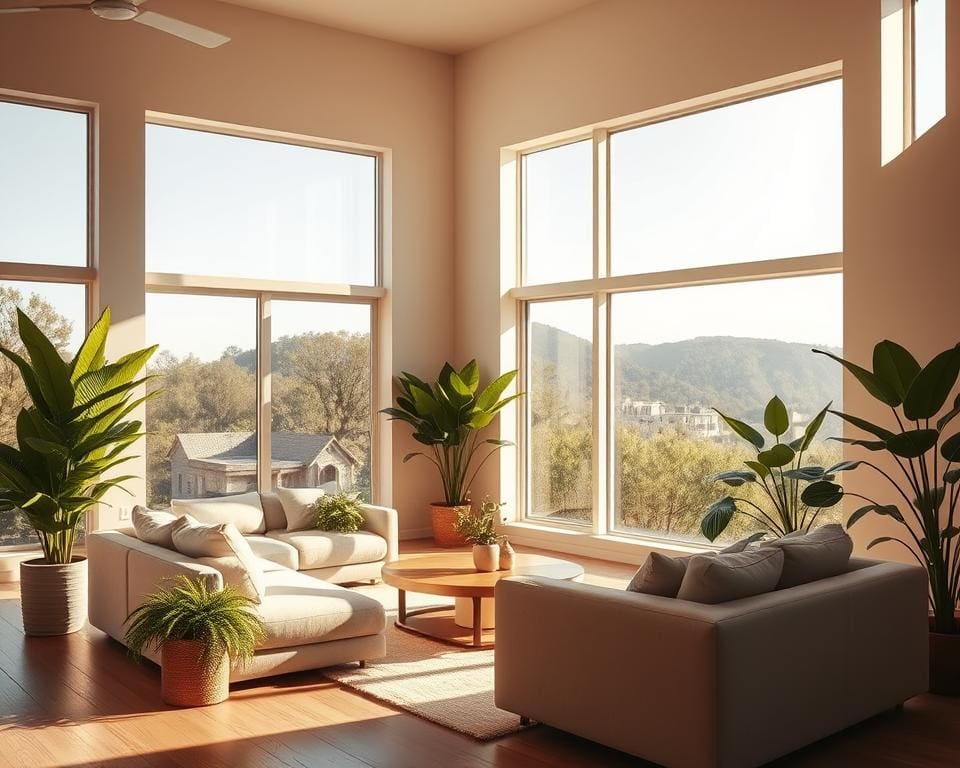
Why Natural Light Matters in Interior Design?
The role of natural light in design extends beyond mere aesthetics. It profoundly influences the psychological effects of sunlight on occupants, enhancing both mood and overall wellbeing. When thoughtfully incorporated into the interior environment, sunlight transforms spaces, creating an atmosphere that feels both expansive and inviting.
The Psychological Impact of Sunlight
Research indicates that exposure to natural light can significantly improve mental health. The psychological effects of sunlight include increased levels of serotonin, which boost mood and vitality. An abundance of daylight can aid in regulating circadian rhythms, ensuring individuals enjoy quality sleep. This connection between light and wellbeing underscores the significance of daylighting in design, allowing spaces to resonate with positive energy and promote relaxation.
Creating a Welcoming Atmosphere
Incorporating natural light into interiors creates welcoming spaces that evoke comfort and connection. Bright, well-lit areas encourage social interaction, making them perfect for family gatherings or heartwarming conversations. The strategic placement of windows and open spaces enables the flow of light, enhancing the overall appeal of the interior environment. Ultimately, the thoughtful integration of sunlight fosters a deeper connection to the outside world, turning ordinary rooms into havens of serenity and joy.
Designing with Light: Strategies to Maximise Natural Illumination
Effective interior design embraces natural illumination strategies that enhance both the aesthetic and functional aspects of a space. To achieve a harmonious balance of light and design, consider two fundamental aspects: window placement and the use of reflective surfaces.
Choosing the Right Window Placement
Strategically positioning windows can influence the amount of natural light a room receives. Aligning them with the sun’s path enables spaces to benefit from optimal lighting throughout the day. Consider larger windows in living areas or well-placed skylights to amplify the flow of light, creating a warm and inviting environment. Proper window placement not only improves illumination but can also improve energy efficiency, making your home more sustainable.
Utilising Mirrors and Reflective Surfaces
Incorporating mirrors and reflective surfaces into your interior design can dramatically enhance the effects of natural light. When placed thoughtfully, mirrors can reflect sunlight deeper into rooms, giving smaller areas a sense of expansiveness. Additionally, materials such as metallic finishes or glossy tiles can serve as creative elements that boost light flow. The use of these reflective surfaces contributes to a cohesive aesthetic while maximising bright, inviting atmospheres.
The Role of Colour and Materials in Enhancing Natural Light
The selection of colour and materials in interior design significantly influences how light penetrates and circulates within a space. By understanding the colour impact on light, homeowners can create environments that feel vibrant and inviting. Light-coloured walls are particularly effective in this regard, providing a reflective surface that maximises brightness and creates an airy atmosphere.
Light-Coloured Walls and Their Effect
Utilising light-coloured walls can dramatically transform a room. Soft whites, pale blues, and warm neutrals allow natural light to bounce off surfaces, enhancing the overall luminance. Such colours bring a sense of openness, making even smaller spaces feel larger and more comfortable.
Textures that Amplify Illumination
The choice of materials in interior design further affects how light interacts within a room. Textures that amplify illumination, like glossy finishes or natural elements such as wood and stone, can draw in and reflect light efficiently. These materials not only add depth and interest but also enhance natural light, making the environment feel more inviting and warm.
Innovative Ways to Harness Natural Light in Interior Design
Incorporating innovative design ideas into interior spaces can dramatically enhance the experience of natural light. Techniques for natural light, such as skylights and solar tubes, allow a flood of natural illumination, creating vibrant and airy environments. These daylighting innovations not only brighten rooms but also contribute to energy efficiency, making them a wise investment in modern interior design.
Open floor plans have become increasingly popular as they facilitate the unobstructed flow of light throughout a home. By removing walls and barriers, these layouts promote a sense of spaciousness and connection, emphasising the natural light that pours in from large windows and openings. Integrating biophilic design elements further elevates this experience, inviting the beauty of nature indoors while enhancing both aesthetic appeal and occupant wellbeing.
As technology continues to evolve, smart solutions are also making their mark in interior design. Automated blinds and light sensors allow homeowners to optimise their use of natural light with ease, balancing illumination and privacy seamlessly. This synergy of innovative techniques and modern technology results in spaces that are not only beautiful but also functional, transforming how we interact with our surroundings.

